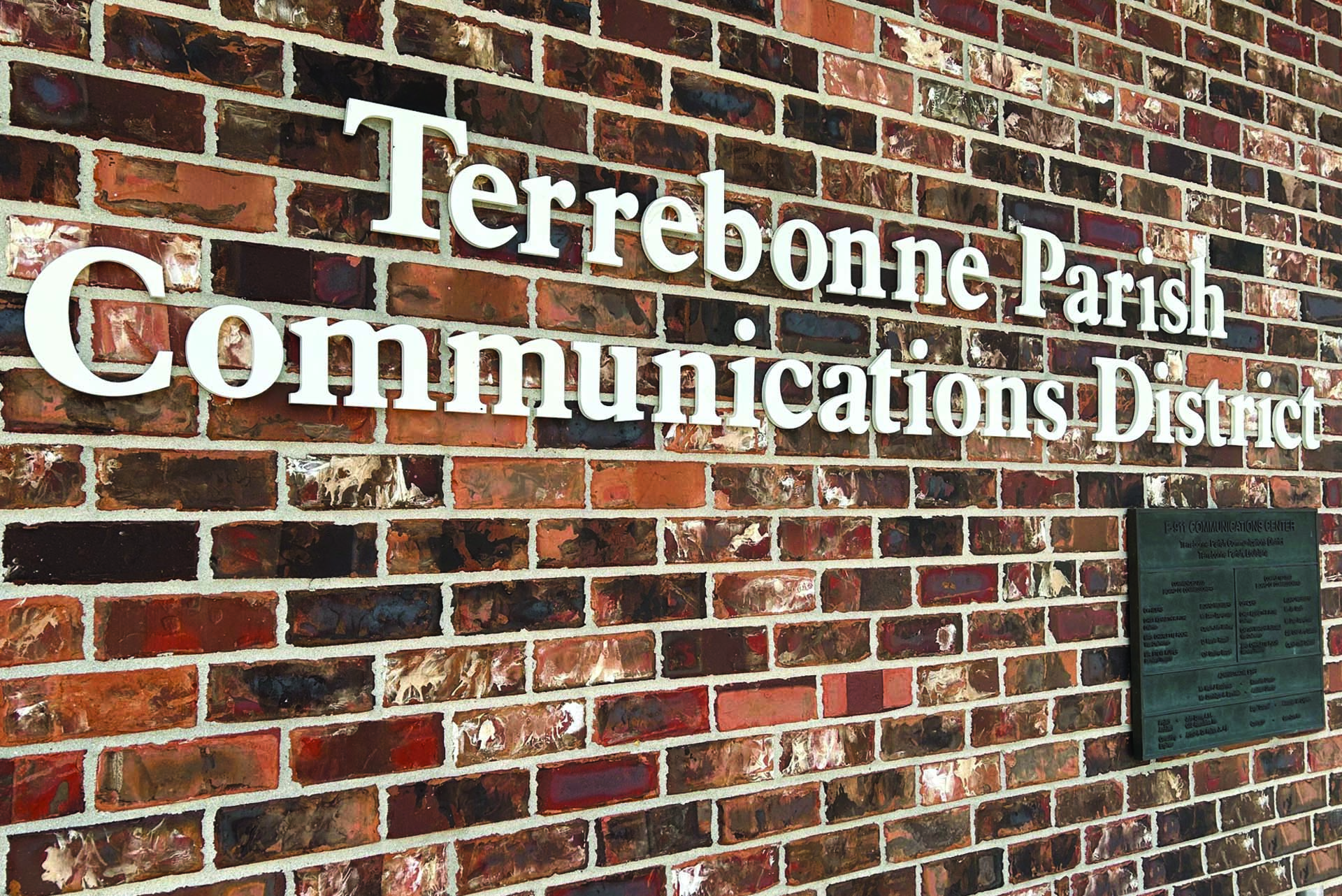It was in 1968 that the first 9-1-1 call was made in Haleyville, Alabama. It was a simple call to a red landline telephone that made history. In the United States the Federal Government set aside these three numbers – 9-1-1 as a form of “speed-dial” to make it easier for people to access Law Enforcement, Fire, or Emergency Medical Services instead of trying to remember each of the separate responding agency’s contact telephone numbers throughout every State and city that a person may travel.
In 1979 Lafayette was the first Parish in Louisiana to create a (9-1-1) Communications District and to begin using the three simple numbers, 9-1-1 as the numbers to call for emergency services. Soon thereafter, Orleans and Jefferson Parishes followed in 1982 creating Communications Districts. Then, St. Bernard, Plaquemines, Lafourche and Terrebonne Parishes created separate Communications Districts in 1983. It was in 1983 that Representative Hunt Downer of Terrebonne/Lafourche introduced a House Bill in the Louisiana State Legislature to allow each of Louisiana’s 64 Parishes to create their own independent Communications District (aka The Downer Act). The Downer Act established the ability for the citizens of each Parish to vote on the creation of their own Communications District to be an autonomous taxing authority to fund the mechanisms needed to be able to incorporate 9-1-1 within their jurisdiction.
Although approved in 1983, it wasn’t until 1988 that Terrebonne Parish voters overwhelmingly approved a referendum to create and fund the Terrebonne Parish Communications District. At that time, Terrebonne Parish only had landline telephone service. The funding source was established through a 5% tariff, set by the Public Service Commission, of the basic service charge for telephone service from the local exchange (dial-tone) provider.
Since that time much has changed. From the creation of the World Wide Web (i.e., the Internet), cellular and personal cellular service (PCS), personal data assistants (PDAs), broadband, streaming services, fiber optic connectivity, Voice over Internet Protocol (VoIP), static IP, nomadic IP, geographic positioning systems (GPS), automatic vehicle location (AVL), satellite technology, drones, streaming vehicle and body cameras, and whatever is next, it has become apparent that Public Safety Answering Points (PSAPs) must strive to maintain professional Telecommunicators to answer and process emergency calls for service as well as elevate to current technology better referred to as NextGen911 (Next Generation 911 System). In Terrebonne Parish, this is the goal of the leadership of the Terrebonne Parish Communications District’s Board of Commissioners and the District’s Staff.
In 1996 the Terrebonne Parish Communications District Board of Commissioners hired its’ first Executive Director and Staff to begin carrying out the mission of the District “…with an eye toward the future”. Soon thereafter the Communications District began a comprehensive “structural re-addressing” and “duplicated street re-naming” project while simultaneously in-putting data into the Parish’s first Computer Aided Dispatch system to be used by 911 Telecommunicators as well as Law Enforcement and Fire Dispatchers. By 1998 the Terrebonne Parish Communications District purchased its’ first building and established the Parish’s primary Public Safety Answering Point (PSAP). This PSAP provided the ability for all emergency 911 calls to be answered at one location by trained and nationally certified Public Safety Telecommunicators utilizing state-of-the-art technology.
In the aftermath of Hurricane Katrina in 2005 the Terrebonne Parish Communications District (TPCD) began construction of a Category 5 facility located at 110 Capital Blvd., in Houma. The building was completed in 2007 and dedicated in the memory of Debra “Debbie” A. Moronge, 911 Telecommunicator/Telecommunicator Supervisor (09/22/52-06/02/2001). The TPCD facility continues to house all District Administration as well as 911 Telecommunicators. Since occupation of this facility, the District has successfully advanced in all forms of telecommunications technologies to lessen the time from the receipt of an emergency 911 call to dispatch, to response.
The Administrative goals for the District are simple; to provide professional wages and benefits; to employ and certify competent professional individuals; to provide and maintain a structured training and certification program for Telecommunicators in the fields of Law Enforcement, Fire, EMS, and Emergency Medical Dispatch (EMD); to provide strong leadership for personal and professional growth; to maintain positive relationships with all emergency response agencies and support each in their roll “when seconds count”; to advance to the next generation of technology that meets or exceeds the goal of the District; and, to continue to best serve the residents and visitors of Terrebonne Parish, Louisiana.
